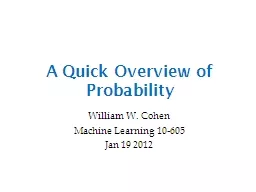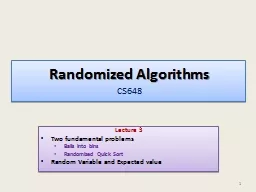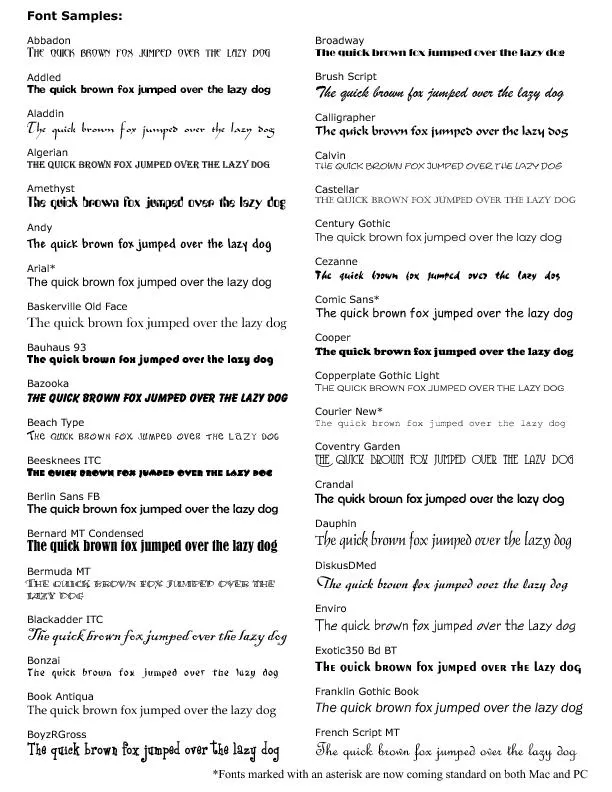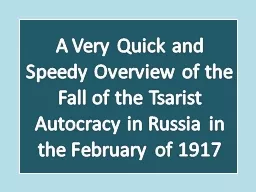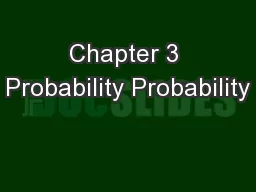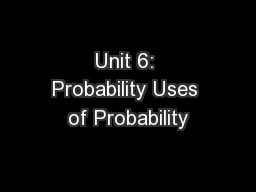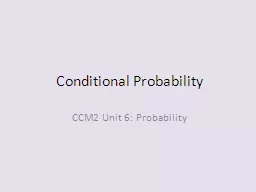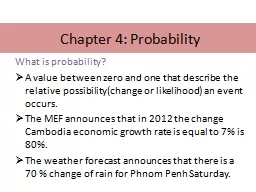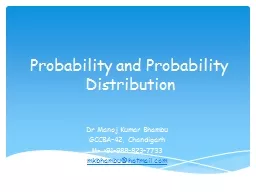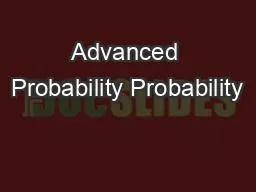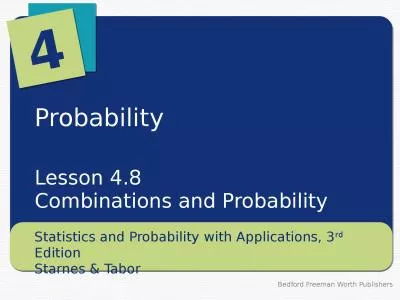PPT-A Quick Overview of Probability
Author : sherrill-nordquist | Published Date : 2018-09-23
William W Cohen Machine Learning 10605 Jan 19 2012 Probabilistic and Bayesian Analytics Andrew W Moore School of Computer Science Carnegie Mellon University wwwcscmueduawm
Presentation Embed Code
Download Presentation
Download Presentation The PPT/PDF document "A Quick Overview of Probability" is the property of its rightful owner. Permission is granted to download and print the materials on this website for personal, non-commercial use only, and to display it on your personal computer provided you do not modify the materials and that you retain all copyright notices contained in the materials. By downloading content from our website, you accept the terms of this agreement.
A Quick Overview of Probability: Transcript
Download Rules Of Document
"A Quick Overview of Probability"The content belongs to its owner. You may download and print it for personal use, without modification, and keep all copyright notices. By downloading, you agree to these terms.
Related Documents

